A lush, green lawn is every homeowner’s dream, but lawn fungus can ruin that picture-perfect yard faster than you think. If you’ve noticed brown patches, discolored grass, or unusual growths, it’s time to investigate for fungal issues. In this guide, we’ll show you how to spot lawn fungus early, what causes it, and how to fix lawn fungus before it spreads and causes lasting damage.
What Is Lawn Fungus?
Lawn fungus refers to a variety of fungal infections that affect grass. These fungi thrive in warm, humid environments and can spread rapidly if not addressed. Common types include:
Brown Patch
Dollar Spot
Rust
Powdery Mildew
Snow Mold
Each type has unique symptoms but often shares one thing in common: they weaken your lawn’s overall health.
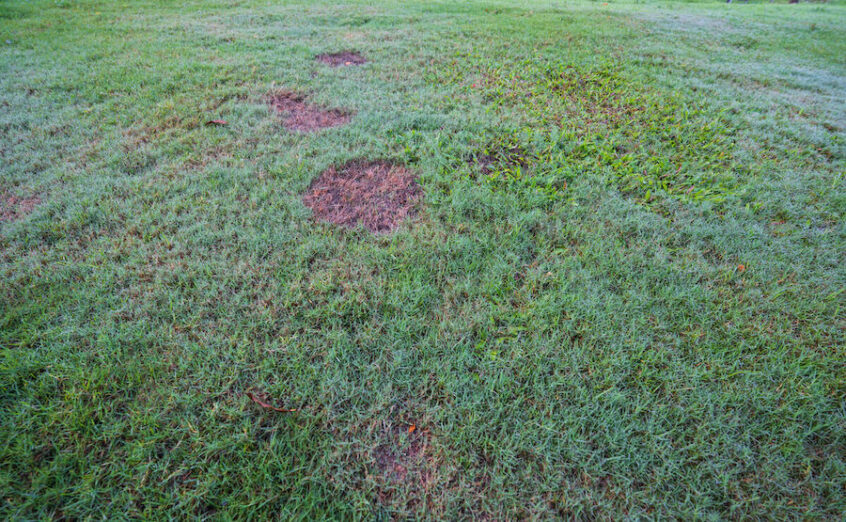
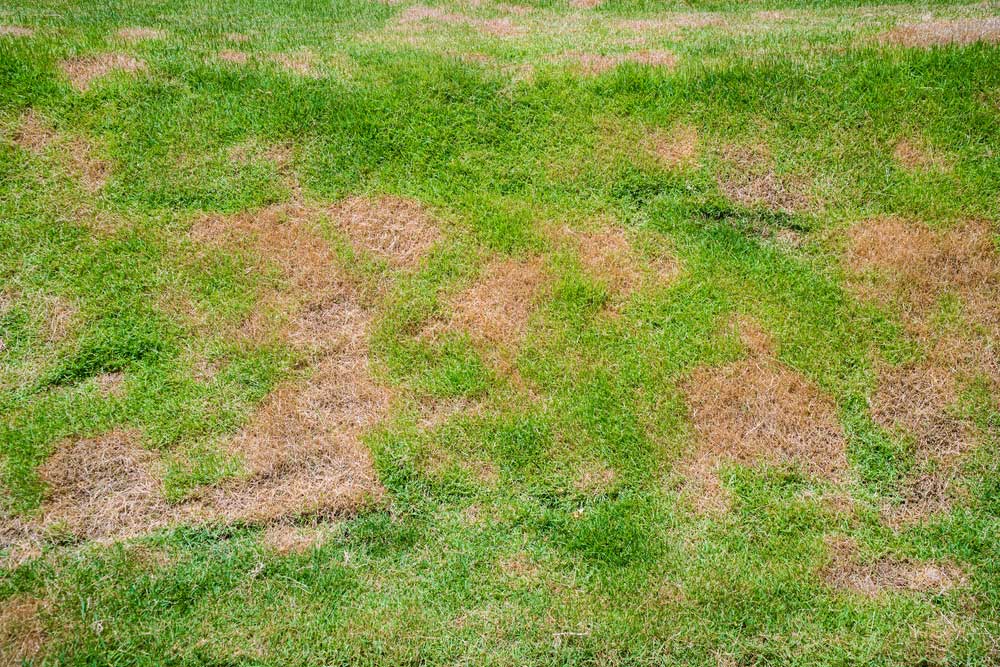
Signs of Lawn Fungus to Look For
Early detection is key to successful lawn disease treatment. Here are the most common symptoms to watch for:
1. Discolored Patches
One of the first signs of fungal lawn problems is irregularly shaped patches that are yellow, brown, gray, or white.
2. Thinning Grass
Infected areas often become sparse or appear sunken compared to the rest of the lawn.
3. Powdery or Slimy Residue
White, pink, or gray substances on the blades of grass could indicate a fungal presence.
4. Wilting or Dry Grass Despite Watering
If your lawn looks dehydrated but you’re watering regularly, a fungus could be to blame.
What Causes Lawn Fungus?
Fungus usually appears due to a combination of environmental and maintenance-related factors, such as:
Overwatering or poor drainage
High humidity
Mowing the lawn too short
Compact soil
Lack of air circulation
Excess nitrogen in fertilizers
By understanding the root causes, you can adjust your lawn care routine to prevent future outbreaks.
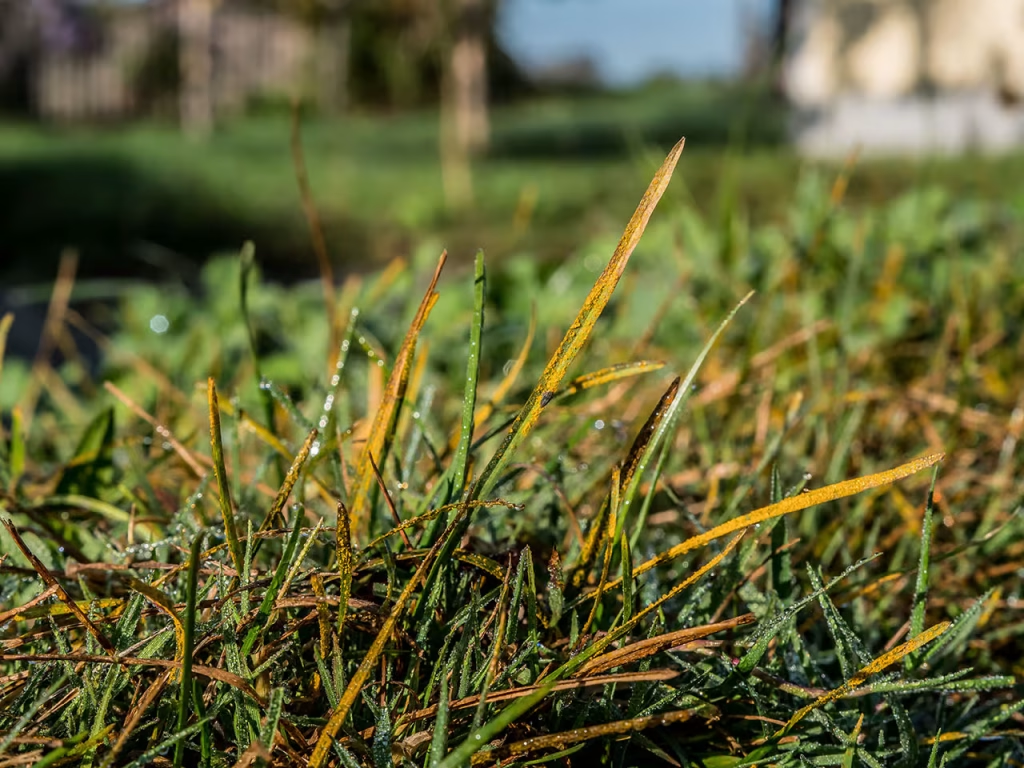
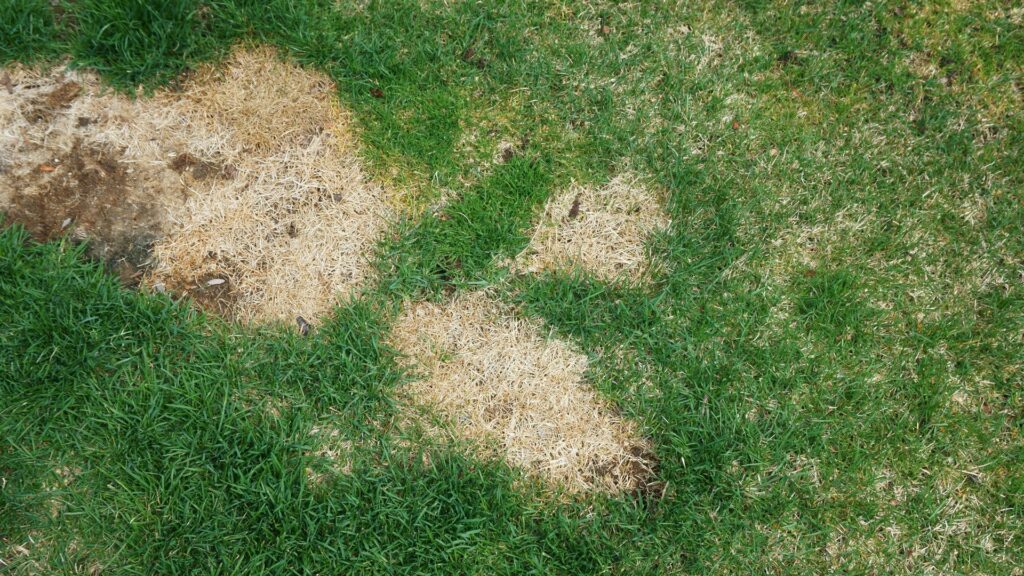
How to Fix Lawn Fungus
Now that you know what you’re dealing with, here’s how to fix lawn fungus and stop it from spreading:
1. Identify the Type of Fungus
Accurately identifying the fungus type is essential. Take photos and compare them with online guides or consult a local garden center.
2. Adjust Watering Schedule
Only water early in the morning to reduce overnight moisture. Aim for deep, infrequent watering to strengthen grass roots.
3. Improve Air Circulation
Aerate your lawn to break up compacted soil and allow nutrients, water, and air to penetrate deeper.
4. Use Fungicides as Needed
Select a fungicide that targets your specific lawn fungus. Follow the label instructions carefully to avoid overuse.
Pro Tip: For organic options, consider neem oil or compost tea, which offer antifungal benefits without harsh chemicals.
5. Mow Smarter
Never cut more than one-third of the grass blade at a time, and always mow with sharp blades to avoid stressing the lawn.
6. Clean Your Tools
Fungal spores can hitch a ride on your mower or rake. Clean your tools regularly to avoid reintroducing the disease.
Preventing Lawn Fungus in the Future
Once you’ve tackled the problem, it’s time to build a fungus-resistant lawn. Here’s how:
Fertilize wisely: Use slow-release fertilizers and avoid applying too much nitrogen.
Reseed with resistant grass varieties: Some grasses are more fungus-resistant than others.
Maintain proper mowing height: Tall grass shades soil, discouraging fungus growth.
Schedule regular aeration and dethatching: This boosts airflow and helps prevent fungal buildup.
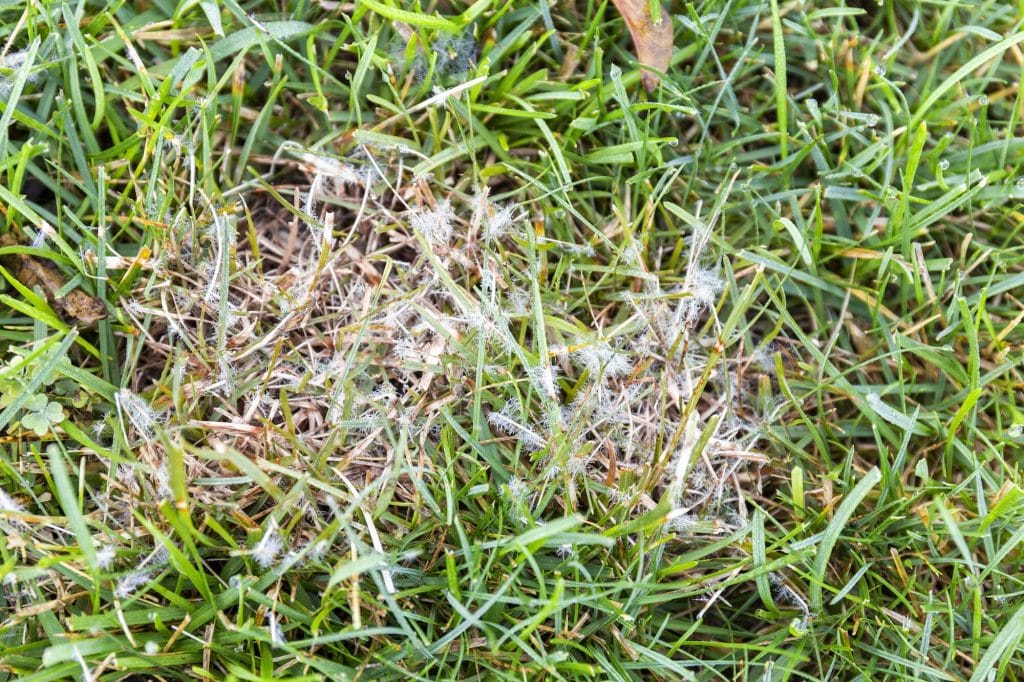
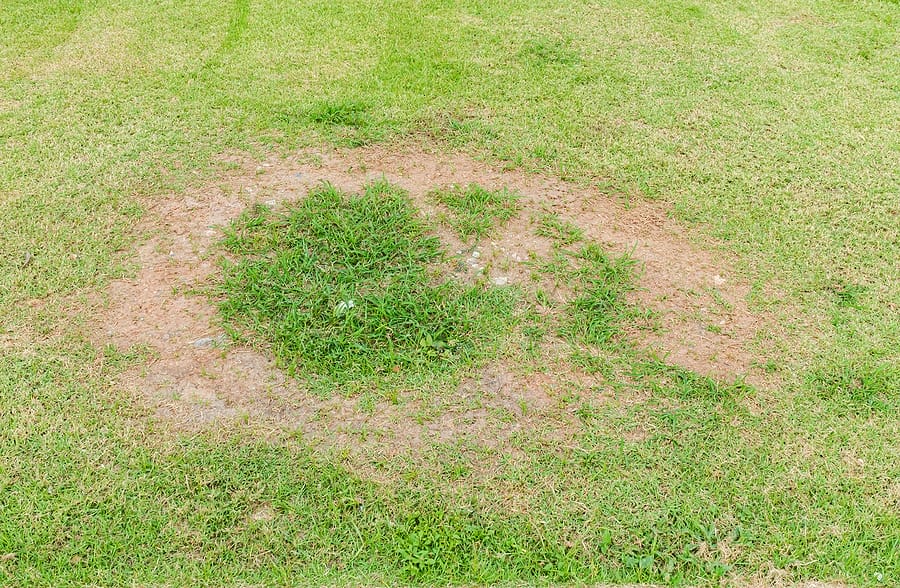
When to Call a Professional
If you’ve tried everything and the fungus keeps coming back, it might be time to consult a lawn care expert. They can perform a soil test, identify the exact fungus strain, and create a treatment plan tailored to your yard’s needs.
Final Thoughts
Lawn fungus doesn’t have to be the end of your beautiful yard. By learning how to spot it early and applying the right treatments, you can restore your lawn’s health and keep it looking great all year long. Remember, prevention is always easier than cure—so stay on top of your lawn care routine, and you’ll reduce the risk of fungal issues before they ever begin.

